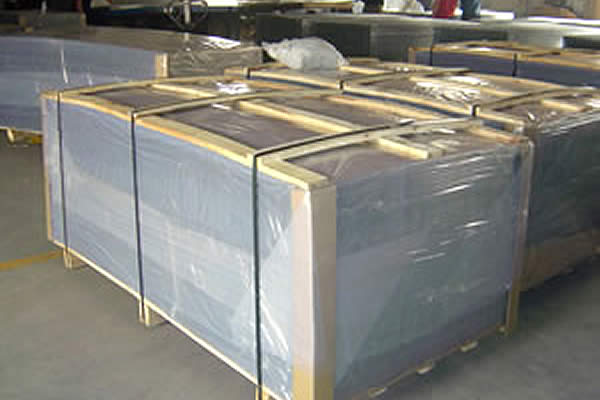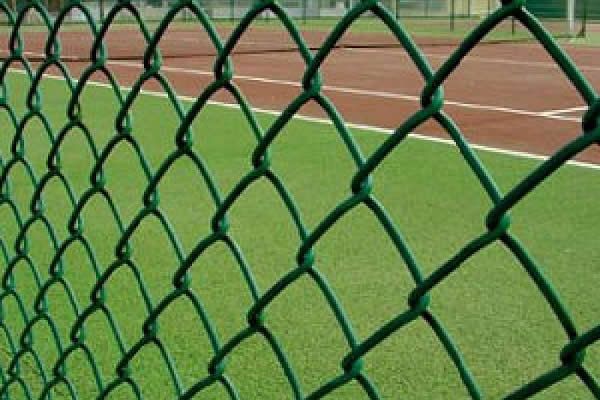Stainless steel cable ends are essential components in numerous industries, ranging from construction and marine applications to sports equipment and automotive systems. Their primary role is to secure and fasten cable ends efficiently, ensuring both strength and reliability in various settings. This article explores the unique advantages of stainless steel cable ends, emphasizing how they enhance performance across different scenarios.

Stainless steel cable ends, often fabricated from high-grade materials such as 316 or 304 stainless steel, boast incredible corrosion resistance. This characteristic is particularly crucial in environments exposed to harsh weather conditions or saltwater, such as marine settings or coastal construction projects. The natural ability of stainless steel to withstand rust and other forms of corrosion assures long-term durability, reducing the need for frequent replacements and ensuring cost-effectiveness over time.
In addition to their corrosion resistance, stainless steel cable ends are known for their impressive strength-to-weight ratio. This makes them ideal for applications where weight considerations are critical but strength cannot be compromised. For instance, in the world of sports equipment, stainless steel cable ends provide the necessary strength without adding unnecessary weight, thus maintaining the equipment's performance while ensuring safety and longevity.

A significant benefit of stainless steel cable ends is their versatility. These components can be found in a myriad of applications, from decking and railing systems to suspension bridges and rigging systems. Their ability to adapt to various cable types and sizes makes them an indispensable asset across sectors. Moreover, the aesthetic appeal of stainless steel, with its sleek and modern appearance, enhances the visual aspects of architectural and interior design projects.
From a technical perspective, stainless steel cable ends offer superior clamping force, which is crucial in applications requiring secure fastening. Whether used in heavy construction projects or delicate crafts, the robust design and engineering of these cable ends ensure that the cable remains firmly attached, preventing slippage or detachment that could lead to potential hazards.
stainless steel cable ends
The expertise involved in manufacturing stainless steel cable ends speaks to their authoritative position in the market. Companies that specialize in these components often invest in cutting-edge technology and follow stringent quality control measures to produce items that meet international standards. Such dedication to precision and quality not only solidifies the credibility of stainless steel cable ends but also instills trust among consumers and industry professionals alike.
Stainless steel cable ends have also evolved with technological advancements, incorporating innovative features such as anti-vibration and self-locking mechanisms. These enhancements further improve the reliability and safety of cable systems in dynamic and high-stress environments, such as aerospace or automotive applications. Such continuous innovation underscores the importance of stainless steel cable ends in driving progress across industries.
In terms of ecological impact,
stainless steel is a recyclable material, making cable ends made from it an environmentally friendly option. This sustainability factor contributes to a more responsible approach to industrial and commercial practices, aligning with global efforts to reduce environmental footprints.
Choosing the right stainless steel cable ends requires expertise and understanding of the specific needs of a project. Factors to consider include the type of load, environmental conditions, and the cable diameter. Consulting with professionals who possess substantial experience in cable systems can guide users to the most suitable products, ensuring optimal performance and safety.
In conclusion, stainless steel cable ends represent a synthesis of strength, reliability, and environmental consciousness. Their wide range of applications, coupled with their robust mechanical and aesthetic qualities, make them a superior choice for diverse industries. As a result, they remain a preferred option for experts and professionals seeking the utmost in cable fastening solutions.
 TEL:
+86-13102802206
TEL:
+86-13102802206
 Email:
fencenetting@china.com
Email:
fencenetting@china.com
 Language
Language
 TEL:
+86-13102802206
TEL:
+86-13102802206
 Email:
fencenetting@china.com
Email:
fencenetting@china.com
 Language
Language



